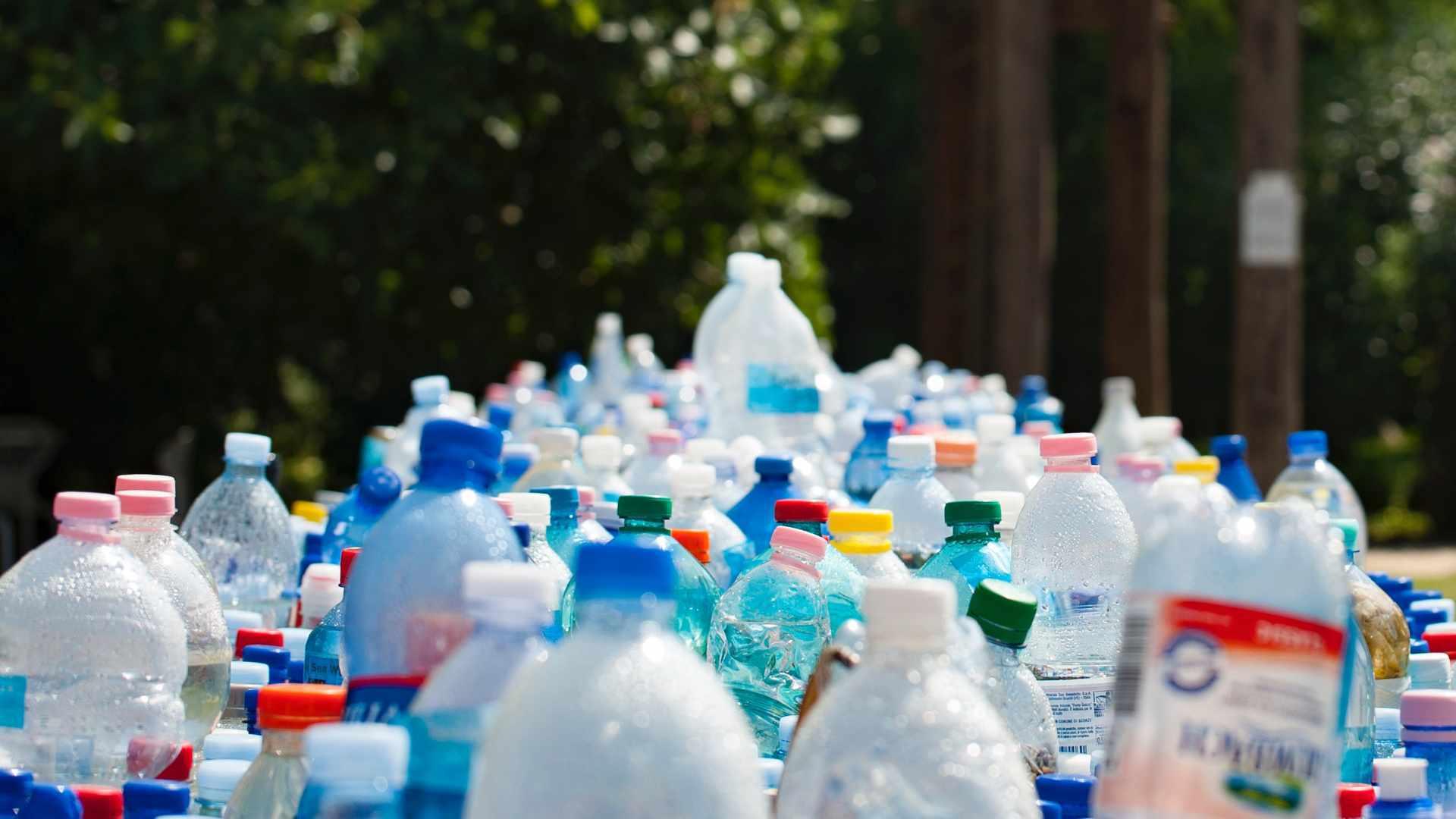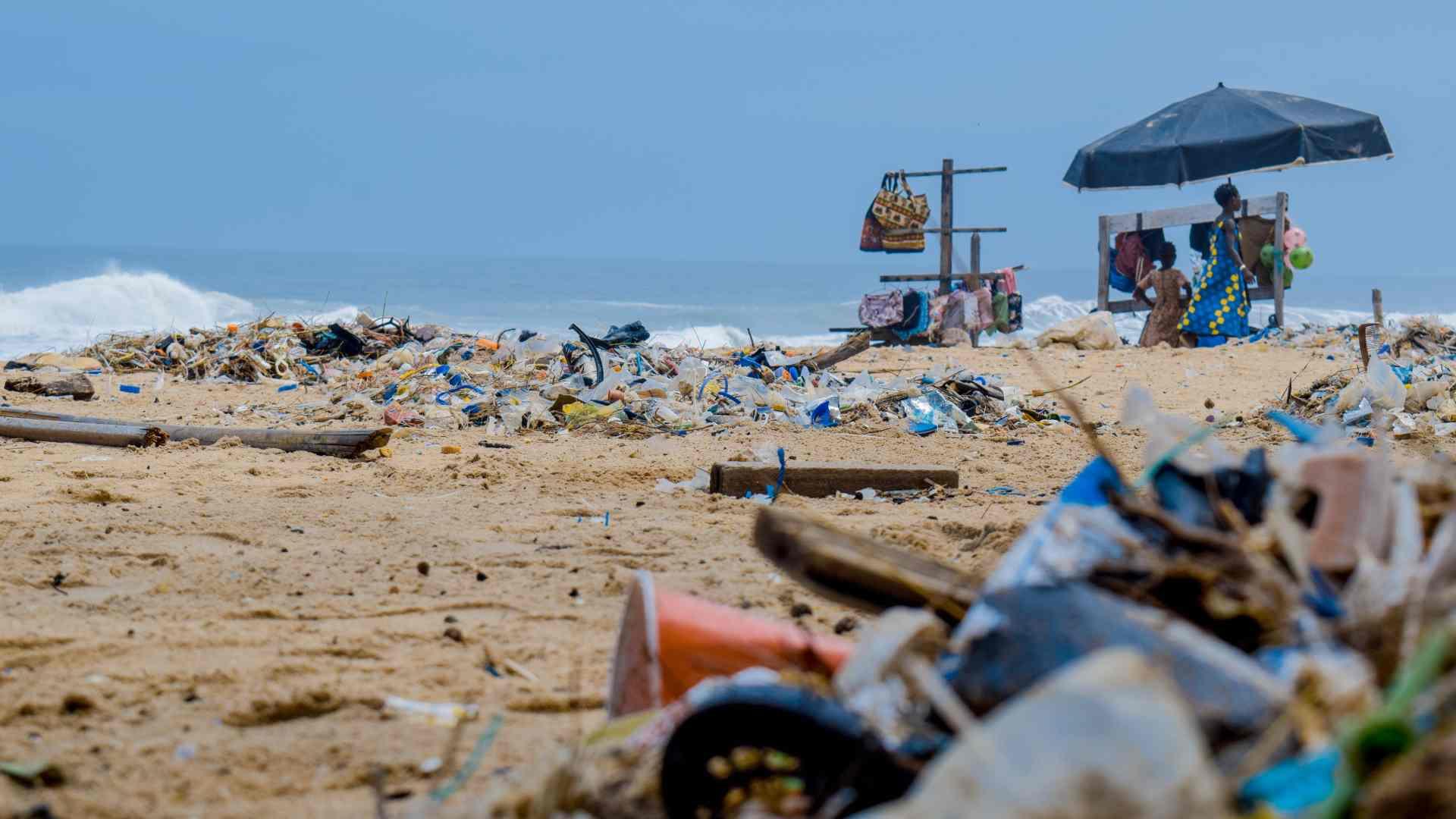Recent research by scientists has detected the presence of microplastics in clouds floating in two different Japanese mountains. These mountains, Fuji and Oyama, have dangerous amounts of microscopic plastic particles that could have far-reaching consequences for the world’s climate, plants, and water supply.
It is suspected that the existence of these microplastics in clouds means the problem is highly mobile and will be hard to address before the consequences make themselves apparent.
Recent Peer-Reviewed Paper

A paper published in Environmental Chemistry Letters called “Airborne Hydrophilic Microplastics in Cloud Water at High Altitudes and Their Role in Cloud Formation” examines the plastic air pollution levels in clouds above mountains in Japan.
This research is believed to be the first that looks at measuring microplastic content in clouds and might be part of a new reality going forward where microplastics invade every inch of nature.
Statement from Lead Author

The lead author of the paper is a professor at Waseda University named Hiroshi Okochi. In a statement, he warned of the dire consequences of letting this problem continue.
“If the issue of ‘plastic air pollution’ is not addressed proactively, climate change and ecological risks may become a reality, causing irreversible and serious environmental damage in the future,” he said.
What Are Microplastics?

Microplastics are tiny particles of leftover plastic resulting from the commercial use of consumer products and industrial processes. The U.S. National Oceanic and Atmospheric Administration defines a “microplastic” as any fragment of plastic under 5 millimeters in length.
The largest of microplastics would be about the size of a small pencil eraser. Since plastic does not occur naturally and is a recent human invention, study is still needed on its impact on the environment and humanity.
What Makes Microplastics Dangerous?

Unlike many types of organic material we use in society, microplastics do not get absorbed into the environment easily. National Geographic estimates that microplastics can take between hundreds or thousands of years to fully degrade.
Because of their slow degradation period, they can easily start to accumulate in ecosystems and in organisms, which has a variety of negative consequences. The full health effects of microplastics in humans still require further research.
Microplastics in Tires

It is speculated that one of the largest contributors to the prevalence of microplastics is their use in tires.
As tires from cars, buses, and semi-trucks spin, they release a fine dust of microplastics and micro-polymers. Because motor vehicles are so numerous and widespread throughout the world, the entire Earth is constantly being blanketed by fine microplastic dust at a massive rate.
Hygiene Products

Another major source of microplastics is personal care and hygiene products that people use in their everyday lives. Many of these products contain plastic microbeads in recent times as technology for personal care has improved.
It is estimated that microbeads make up to 10% of these product’s weight. This equates to several thousand microplastic particles that exist for each gram of personal care product.
Nowhere to Hide

While researchers have been monitoring the spread of microplastics for years, they are continually surprised by the places where they have found their presence.
Previously researchers have found them in trenches at the deepest part of the ocean, contained in salt particles, in remote Antarctic ice sheets, and already present in human placenta. However, the discovery of microplastics in clouds has taken concerns to a new height.
How Do Microplastics End Up In the Clouds?

Certain types of human pollution and emissions can give small plastic particles a hydrophilic quality. This quality attracts moisture to form around these particles, which allows them to be part of cloud formation and precipitation processes.
The presence of microplastic in clouds has the ability to influence climate and weather patterns. According to The Guardian, scientists in China found water samples from precipitation that contain synthetic microplastics.
Influence of the Ocean

According to Oceana, humans dump over 33 billion pounds of plastic into the world’s oceans every year. This equates to a rate of two garbage trucks dumping plastic waste into the ocean every minute.
The water in the ocean is a vital part of the water cycle, which may explain how these microplastics found their way to the tops of Japanese mountains and eventually into the clouds above them.
Microplastics Degrade Faster in the Atmosphere, Contributing to Global Warming

While microplastics on Earth take a long time to degrade, in the atmosphere this process is sped up by the presence of ultraviolet radiation.
This is not a good thing, unfortunately, as when these microplastics degrade in the air, they release harmful greenhouse gases that contribute to a warming climate. As a further consequence of this cycle, as the earth’s temperature warms, plastics start degrading faster, which is a vicious circle of increasing warming as time goes on, per CellPress.
Efforts to Mitigate the Harm

The scale of industry and the market for microplastics is a huge contributor to the spread of these fragments across the Earth.
To stop the spread of microplastics from getting out of control, people will need to properly dispose of their plastic and avoid using plastic when heating food. Companies also need to be more limited in the amount of microplastics they release.
